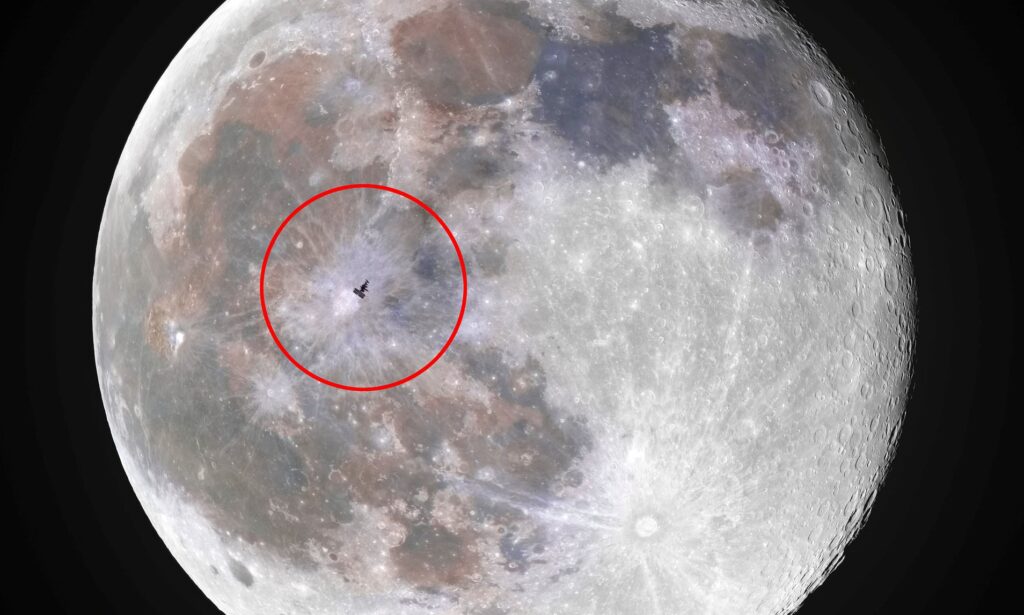The excitement in the realm of space exploration has reached new heights as the International Space Agency announces its ambitious Moon Mission. This groundbreaking initiative aims to push the boundaries of human knowledge and technology, paving the way for future lunar exploration. With a focus on scientific research, sustainable practices, and international collaboration, this mission promises to unlock the mysteries of the Moon and its potential for future human habitation.
In the following sections, readers will delve into the mission’s objectives, including the innovative technologies that will be employed to ensure its success. From advanced spacecraft designs to cutting-edge research methodologies, the International Space Agency is set to redefine our understanding of lunar environments. Additionally, we will explore the collaborative efforts with various countries and organizations that are crucial for the mission’s success, highlighting the importance of global partnerships in space exploration.
As we journey through the details of this monumental announcement, you will also learn about the anticipated timeline for the mission, the scientific experiments planned, and the potential implications for future space travel. Whether you are a space enthusiast or a casual reader, this article will provide you with a comprehensive overview of the International Space Agency’s Moon Mission. Stay with us as we uncover the exciting developments that lie ahead in humanity’s quest to explore the cosmos!
Overview of the Moon Mission
The International Space Agency (ISA) has officially announced its ambitious plans for a new Moon mission aimed at exploring the lunar surface and conducting scientific research. This mission is part of a broader initiative to enhance our understanding of the Moon’s geology, resources, and potential for future human habitation. The announcement has generated significant excitement within the scientific community and among space enthusiasts worldwide.
The mission is expected to utilize advanced spacecraft technology and innovative scientific instruments to gather data that could pave the way for future lunar exploration. By focusing on key areas such as the Moon’s polar regions, the ISA aims to uncover valuable information about water ice deposits and other resources that could support long-term human presence on the Moon.
Objectives of the Mission
The primary objectives of the ISA’s Moon mission include conducting detailed geological surveys, analyzing lunar soil samples, and searching for water ice in permanently shadowed craters. These objectives are crucial for understanding the Moon’s history and its potential as a resource for future space exploration.
Additionally, the mission aims to test new technologies that could be used in future missions, including those targeting Mars and beyond. By establishing a sustainable presence on the Moon, the ISA hopes to create a stepping stone for deeper space exploration, ultimately leading to human missions to Mars and other celestial bodies.
Technological Innovations
The ISA’s Moon mission will leverage cutting-edge technologies, including autonomous navigation systems, advanced robotics, and high-resolution imaging systems. These innovations are designed to enhance the efficiency and safety of lunar exploration.
One of the key technological advancements is the use of autonomous rovers that can navigate the lunar terrain without direct human control. This capability will allow for more extensive exploration of the Moon’s surface, enabling scientists to gather data from areas that are difficult to access. Furthermore, high-resolution imaging systems will provide detailed maps of the lunar surface, aiding in the identification of potential landing sites for future missions.
International Collaboration
The ISA’s Moon mission is not a solitary endeavor; it involves collaboration with various international space agencies and private companies. This collaborative approach aims to pool resources, expertise, and technology to achieve common goals in lunar exploration.
By working together, these organizations can share knowledge and reduce costs associated with space missions. The ISA has already established partnerships with agencies such as NASA, ESA, and JAXA, which will contribute to the mission’s success through shared research and technology development.
Potential for Human Habitation
One of the most exciting aspects of the ISA’s Moon mission is its potential to support human habitation on the lunar surface. The mission will investigate the availability of resources such as water ice, which is essential for sustaining human life.
In addition to water, the mission will explore the feasibility of using lunar materials for construction and life support systems. By establishing a sustainable human presence on the Moon, the ISA aims to create a base for future exploration missions and scientific research, ultimately leading to the colonization of other celestial bodies.
Future Implications for Space Exploration
The ISA’s Moon mission is expected to have far-reaching implications for the future of space exploration. By successfully conducting this mission, the ISA will set a precedent for international cooperation in space and demonstrate the viability of lunar exploration as a stepping stone for missions to Mars and beyond.
Moreover, the data collected during the mission will contribute to our understanding of the Moon’s resources and environment, informing future missions and strategies for human exploration of the solar system. As nations and private entities continue to invest in space exploration, the ISA’s Moon mission will play a crucial role in shaping the future of humanity’s presence in space.
| Aspect | Details |
|---|---|
| Mission Name | Artemis II |
| Launch Date | Scheduled for 2025 |
| Objective | To send astronauts to the Moon and conduct scientific research |
| Launch Vehicle | Space Launch System (SLS) |
| Spacecraft | Orion |
| Mission Duration | Approximately 10 days |
| Key Activities | Orbiting the Moon, conducting experiments, and testing technologies for future missions |
| International Collaboration | Involvement of multiple space agencies and private companies |
| Significance | Part of a broader plan to establish a sustainable human presence on the Moon |

